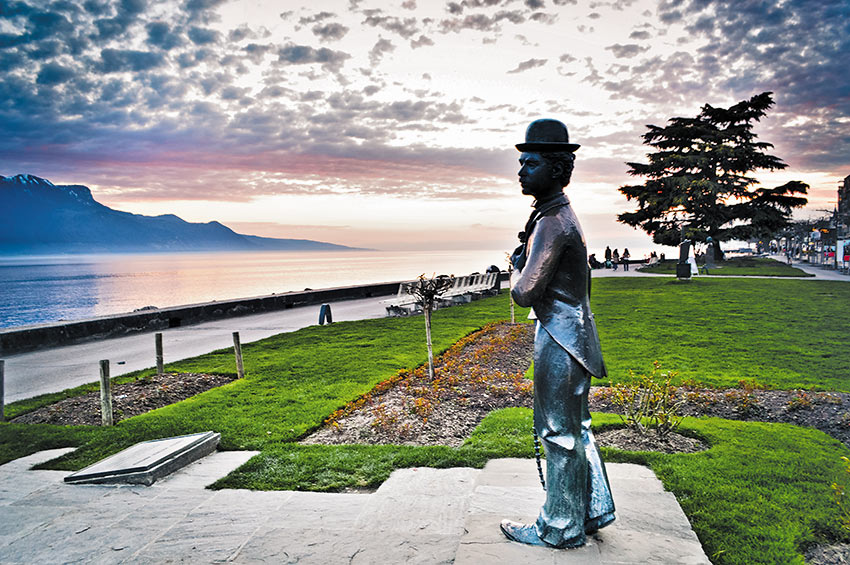
Well, it’s been a week. And once again I find myself sitting on the park bench in Vevey, Switzerland next to the statue of Charlie Chaplin, with whom I share the panorama of shimmering Lake Geneva and the pristine snowcapped Alps in the distance. I’ve covered a lot of tracks: indulging in the region’s world-class wines and scrumptious Swiss-French cuisine, wandering Lausanne’s cobblestone streets, and seeing the former home of Audrey Hepburn in Tolochenaz, near Lausanne, and the current home studio of Jean-Luc Godard, also near Lausanne. I tried to make sense of Huguenot, John Calvin’s Gestapo-like control of Geneva, and laid victim to the region’s steep prices. A simple café au lait and a buttery croissant set me back twenty U.S dollars! But it was time to return to the centerpiece of my trip, an exploration of the life of Sir Charles Spencer Chapin. He chose Manoir de Ban, a neoclassical mansion in Corsier-sur-Vevey, to live his remaining 25 years, which, according to his family, constituted his “happy years.” I had reserved my final day to visit the Manoir, now rechristened Chaplin’s World – which has been repurposed and expanded as a museum that showcases Chaplin’s work and life as a family man in Switzerland.
Personal Life
Chaplin enjoyed what had appeared to be a fun-filled period during his time in Hollywood, but privately led a lonely life, filled with scandal and haunted memories of his impoverished youth. His home in the Pickfair neighborhood of Beverly Hills – a neighborhood named after the mansion of married couple, Mary Pickford and Douglas Fairbanks – was designed by himself and built by studio carpenters, not known for building structures that lasted. It began to slowly fall apart, and was affectionately coined, “The Breakaway House.” The guests loved it, and it became a place of merriment and refuge from Hollywood’s bright lights. Chaplin would entertain his guests by playing a pipe organ, inventing new gags, organizing swimming parties and games of tennis, where even the elusive Greta Garbo was a frequent player.
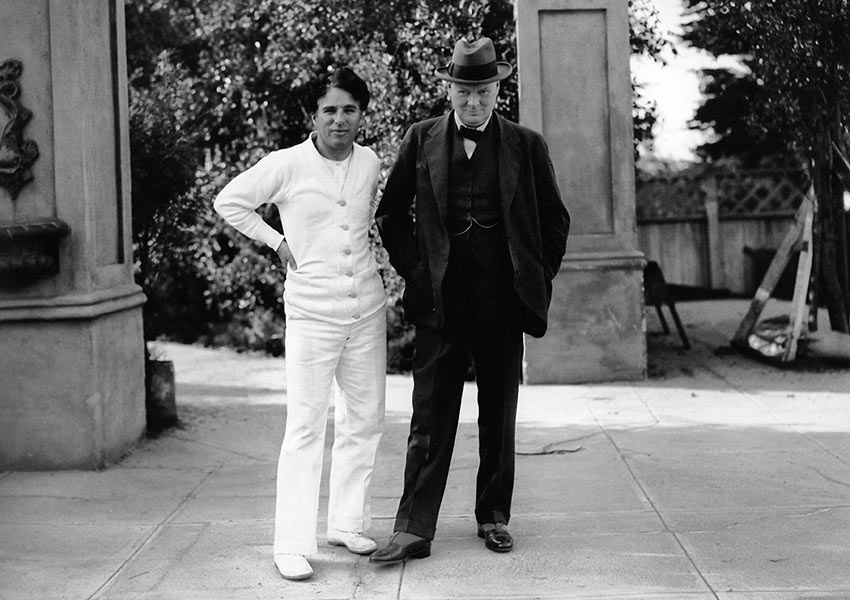
Sadly, defamation was also part of his life. During World War 1, the British press labeled Chaplin as a self-absorbed coward whose loyalty to his home country of England was questioned for never serving in the military, despite aggressively selling war bonds and transferring large amounts of his substantial income to the British government. Nevertheless, cutouts of the Tramp were propped up by British soldiers in the trenches “so the Germans would die laughing” and his movies were projected on the ceilings of military hospitals where wounded warriors could enjoy morale-raising laughs from their beds. Another scandal occurred when Chaplin briefly dated 22-year-old Joan Barry, who later reappeared in his life, claiming that Chaplin was her baby’s father, and filed a paternity suit.
The public trial was so intense that Chaplin’s hair literally turned gray overnight. Blood tests proved that Chaplin was not the father, but, at the time, blood tests were inadmissible evidence and he was ordered to pay $75 a week until the child turned 21. Matrimony was also a problem for Chaplin: marrying three times to younger women with striking resemblances to his mother, Hannah. The wives club included Mildred Harris, age 17; Lita Grey, age 16; and actress Paulette Goddard, age 28, who costarred with Chaplin in Modern Times and The Great Dictator.
I have the good fortune to be married to a wonderful wife. I wish I could write more about this,
but it involves love, and perfect love is the most beautiful of all frustrations
because it is more than one can express.
– Charlie Chaplin
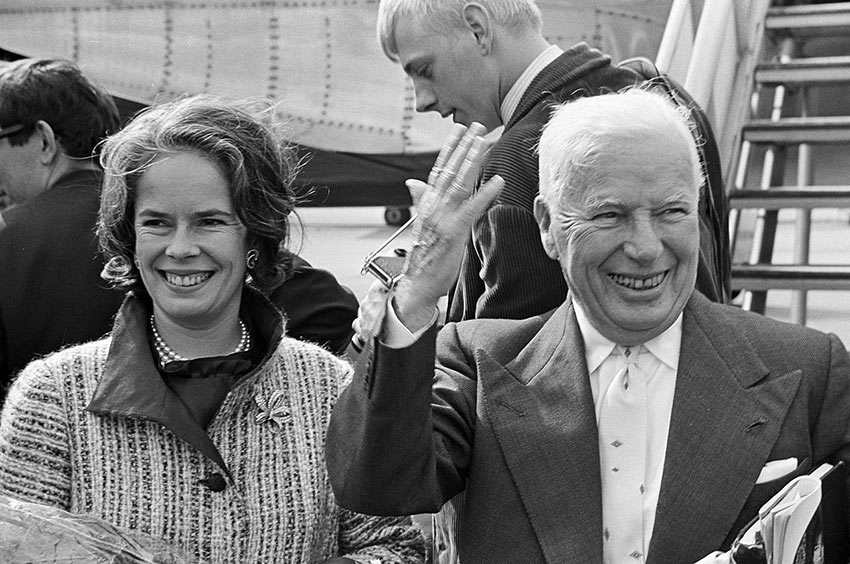
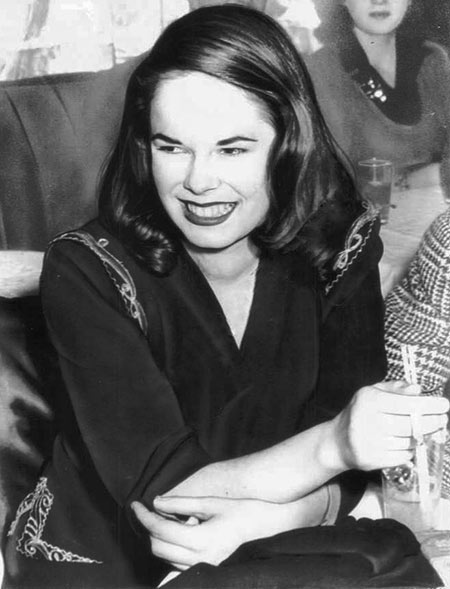
His life took a blissful turnaround upon meeting the luminous Oona O’Neill in 1943, daughter of American playwright Eugene O’Neill. Chaplin had been looking for a lead actress for his next (unrealized) project, and discovered the mesmerizing 17 year old O’Neill. He was overwhelmed by her captivating beauty, and their meeting led to a life-long romance. A month after O’Neill turned 18, they eloped and married in a secret civil service in Carpentaria, California. Playwright Eugene O’Neill immediately disowned her upon learning of her marriage to Chaplin, who was the same age as him. He refused all future attempts at reconciliation. Chaplin’s final marriage lasted until his death, producing eight children: Geraldine Chaplin, Michael Chaplin, Josephine Chaplin, Victoria Chaplin, Eugene Chaplin, Jane Chaplin, Annette-Emilie Chaplin and Christopher Chaplin. Although Oona stayed in the background, happy to focus on their home and children, she also spent time at the studios when Chaplin was working, offering her opinion about his various projects.
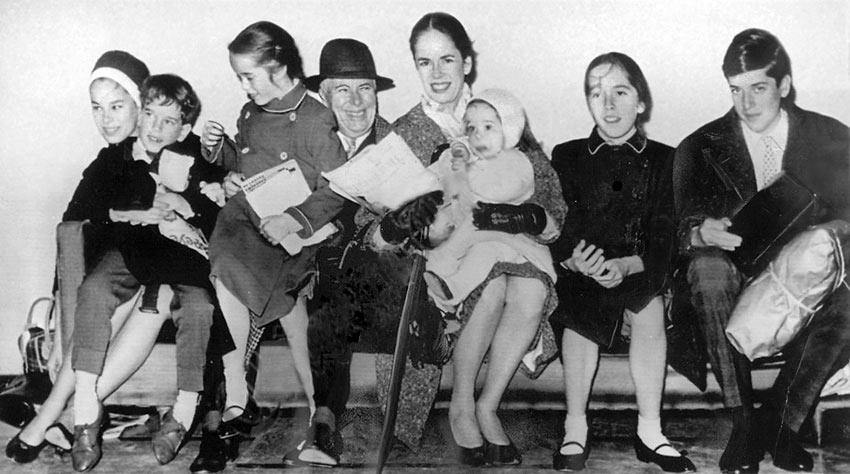
I have no further use for America. I wouldn’t go back there if Jesus Christ was President.
– Charlie Chaplin
During the 1950s, the House Un-American Activities Committee’s witch hunts, a disturbing period in U.S. history where Cold War tensions fueled fears of widespread Communist subversion, was in full swing. The committee used various charges of communism, communist sympathies and disloyalty to attack a number of individuals, which included many left-leaning Hollywood personalities. Chaplin was considered dangerously progressive and amoral. FBI Chief J. Edgar Hoover and HUAC mistakenly believed that he was injecting Communist propaganda into his films. It was also revealed that he had never bothered to become a U.S. citizen. When Chaplin and family were departing back by vessel to Hollywood from a European vacation, Chaplin was informed that he would have to submit to an interview concerning his political views and moral behavior in order to re-enter the U.S. Rather than fight a pending investigation by Immigration Services, Chaplin decided not to return to Hollywood at all. The Chaplin family, though, needed a new address in Europe. His older half-brother Sydney Chaplin, suggested they visit Switzerland’s Lake Geneva region. Chaplin set his eyes on the enchanting town of Vevey, nestled along the lake. He was taken by its enticing tranquility, not to mention Switzerland’s attractive tax laws.
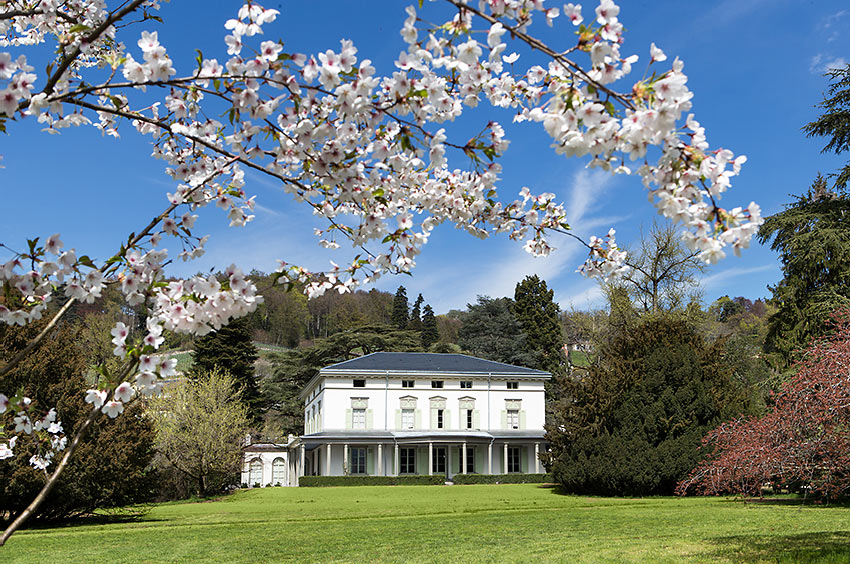
You’ll never find rainbows if you’re looking down.
– Charlie Chaplin
Manoir de Ban
He purchased the vacant Manoir de Ban, a neoclassical mansion in Corsier-sur-Vevey, in a resplendent country-like setting near the banks of Lake Geneva. This is where he chose to live his remaining years with his family, from 1952 until his death in 1977. It was the most joyful and contented period of his life, where he would take strolls in the spacious grounds, plant flowers in his radiant gardens, play with his children and host friends from around the globe. He also spent a large percentage of his time working on the screenplays for his films, A King in New York and A Countess from Hong Kong, as well as adding music to his silent feature films, which he composed at the family piano.
Chaplin’s health was in slow decline after suffering a series of minor strokes in the late 1960s. Despite the setbacks, he was soon writing a new film script, The Freak, which he intended as a starring vehicle for his daughter, Victoria. His fragile health prevented the project from being realized. His speech, hearing and sight began to be impaired, and he later he was confined to a wheelchair.After 10 years of absence, Chaplin returned to the U.S. to receive a Lifetime Achievement Award at the 1972 Oscar ceremonies. (The same year, Limelight is finally released in the U.S. and he wins an Oscar for best original score the next year). In this clip, Chaplin is clearly overwhelmed by the audiences’ response as he accepts the Lifetime Achievement Award. The applause lasts for a record of 12 minutes, still the longest in Academy Award history.
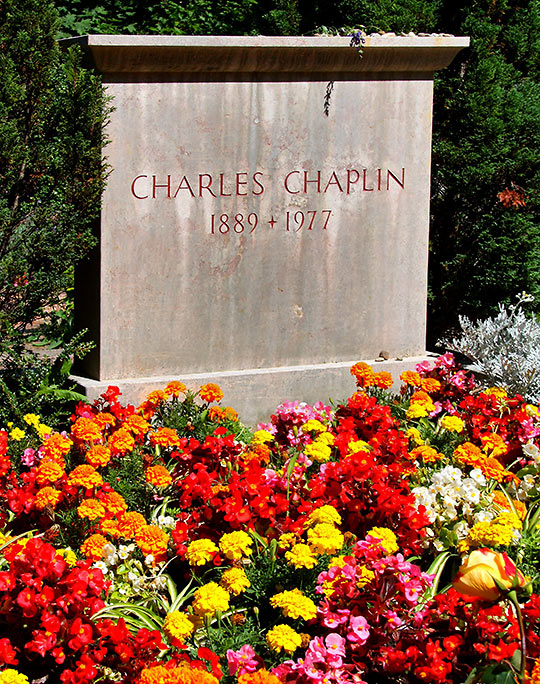
In 1975, Chaplin was knighted by Queen Elizabeth II at Buckingham Palace as Sir Charles Spencer Chaplin. He was 85 at the time. He commented that he hoped to be called ‘Sir Charles’ (as opposed to ‘Sir Charlie’).
On Christmas Day in 1977, Sir Charles Spencer Chaplin died peacefully in his sleep with most of his family at his bedside. Lady Chaplin said “All the presents were under the tree. Charlie gave so much happiness and, although he had been ill for a long time, it is so sad that he should have passed away on Christmas Day.” Family doctor, Henri Perrier, ascribed death to old age. Funeral services in Vevey were private and restricted to the immediate family. Sir Charles and Lady Oona are buried side-by-side in a simple gravesite at Corsier-sur-Vevein. When I told son Eugene Chaplin that I visited the gravesite, he smiled briefly with British understatement, and said that James Mason is also buried there, too.
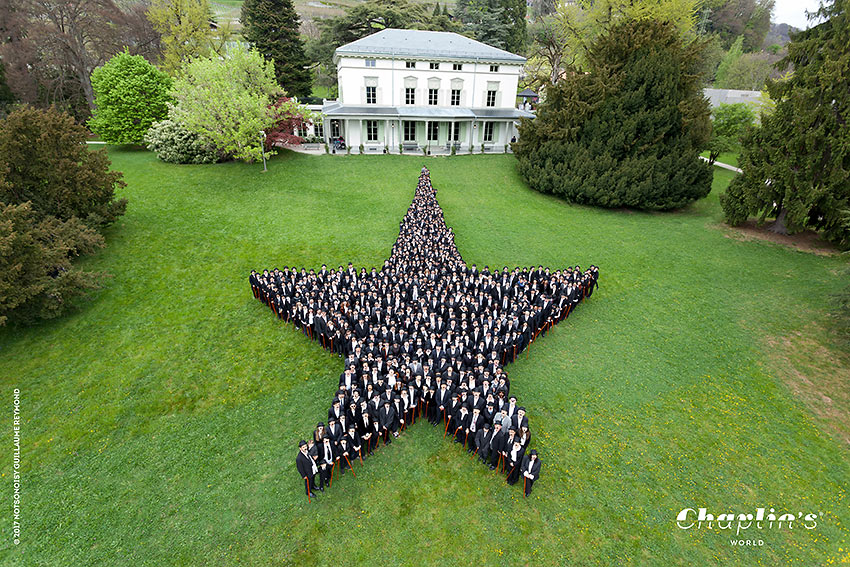
Chaplin’s World – Manoir de Ban
On April 17, 2016, Chaplin’s former home and expansive grounds were officially open for the whole world to see. Rechristened Chaplin’s World – Manoir de Ban, it was repurposed and expanded as a museum that showcases Chaplin’s work and life as a family man in Switzerland. The goal was to allow visitors to discover the man behind the movies. The centerpiece of the museum is the three-story, richly decorated Manoir, and a newly constructed studio.
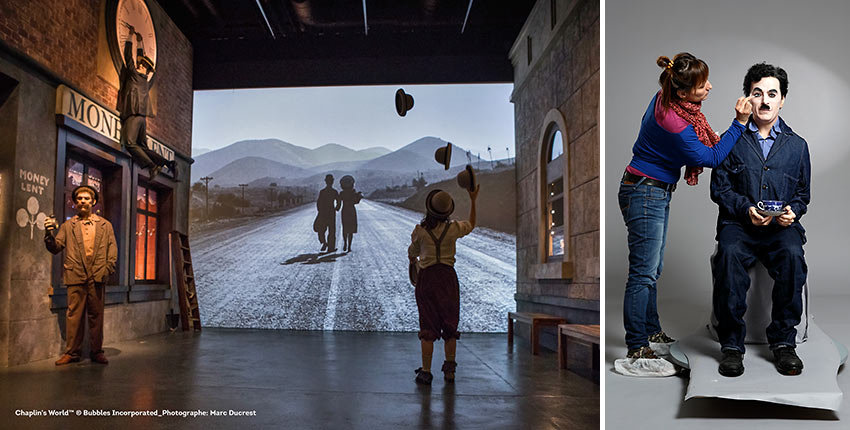
In Chaplin’s World – Manoir de Ban, visitors are introduced to the Chaplin family. The home has been restaged with a number of its original furnishings, personal items, photographs and family mementos. Each room focuses on a particular period of Chaplin’s personal life, while the dining room pays homage to the family’s everyday routines as well as the many Hollywood celebrities who visited them. An interactive studio features the work of Chaplin the artist which commences with a montage of clips from his half-century of writing, directing, producing, scoring and acting in movies.
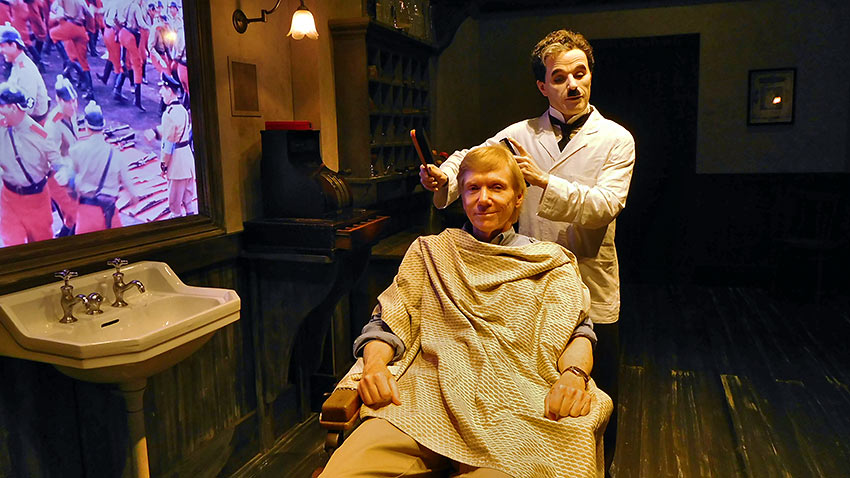
The interactive studio is followed by an exhibition of recreated scenes and sets from many of his most famous films, along with wax figures of Chaplin’s famous co-stars.
It’s almost like a theme park where guests can enter the iconic cabin from The Gold Rush, while in the middle of a simulated blizzard, sit in the famous barber’s chair from The Great Dictator, or negotiate the cogs of the industrial revolution machine from the madcap scene in Modern Times.
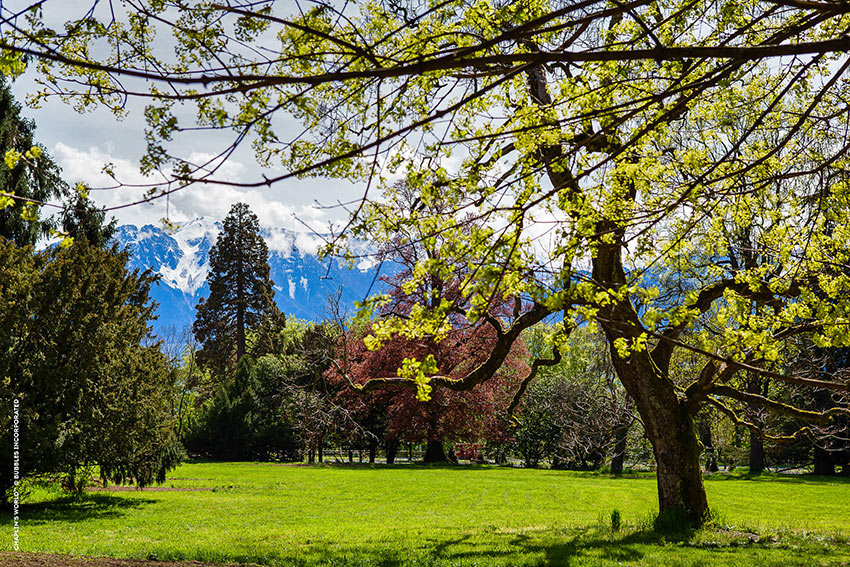
A stroll in the Manoir’s 10 acres of expansive green grounds is mandatory with the reward of stunning views of the Swiss Alps and Lake Geneva. This is where Chaplin lived and what he saw and what he loved.
The world misses you, Sir Charles – but your legacy lives on.
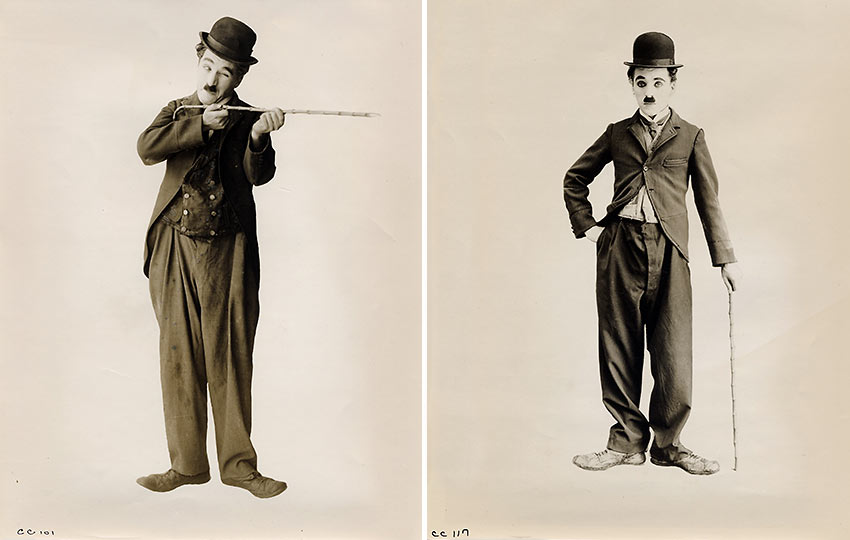
This is the final installment of a three-part series about Charles Chaplin.
In Part 1, the focus is on Chaplin’s early life and the genesis of the Little Tramp, Part 2, Chaplin’s movies.
Special thanks to Chaplin’s World for their assistance in this article, and to My Switzerland for making my journey to Vevey possible.

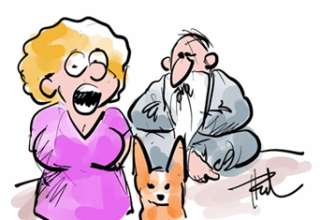
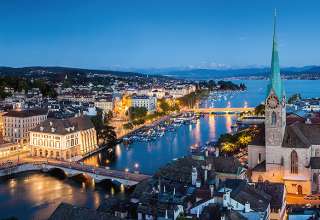



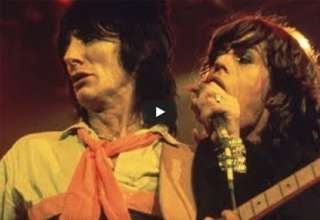

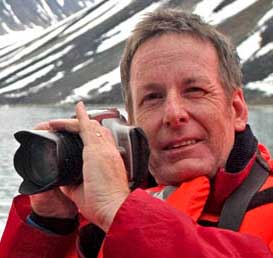
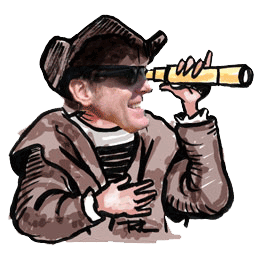
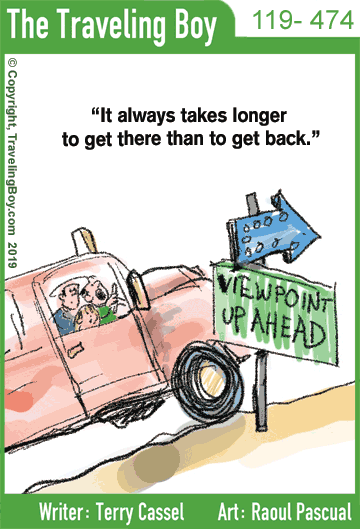














Gillian Lomax
January 7, 2020 at 11:15 am
David Bowie also had a home in Switzerland, He lived in the next town over.
The Real Person!
The Real Person!
January 8, 2020 at 9:21 am
Thank you, Gillian. It would be fun to make a list of all the famous expats who lived and died in the Lake Geneva Region…